
How to Choose the Perfect Gothic Greenhouse for Your Unique Gardening Needs
When embarking on the journey of creating a stunning garden sanctuary, the selection of the right structure is crucial, and one option that stands out is the Gothic Greenhouse. These elegant and architecturally striking greenhouses not only provide an ideal environment for plants to thrive but also enhance the aesthetic appeal of your garden. In this guide, we will explore the best ways to choose the perfect Gothic Greenhouse tailored to your unique gardening needs. From understanding the advantages of Gothic design to considering factors such as size, materials, and climate suitability, we will cover essential tips to ensure your greenhouse becomes a flourishing paradise. Whether you are a seasoned gardener or a novice enthusiast, this comprehensive approach will help you make an informed decision that aligns with your gardening ambitions and style preferences. Embrace the beauty and functionality of a Gothic Greenhouse, and let your gardening dreams take flight.
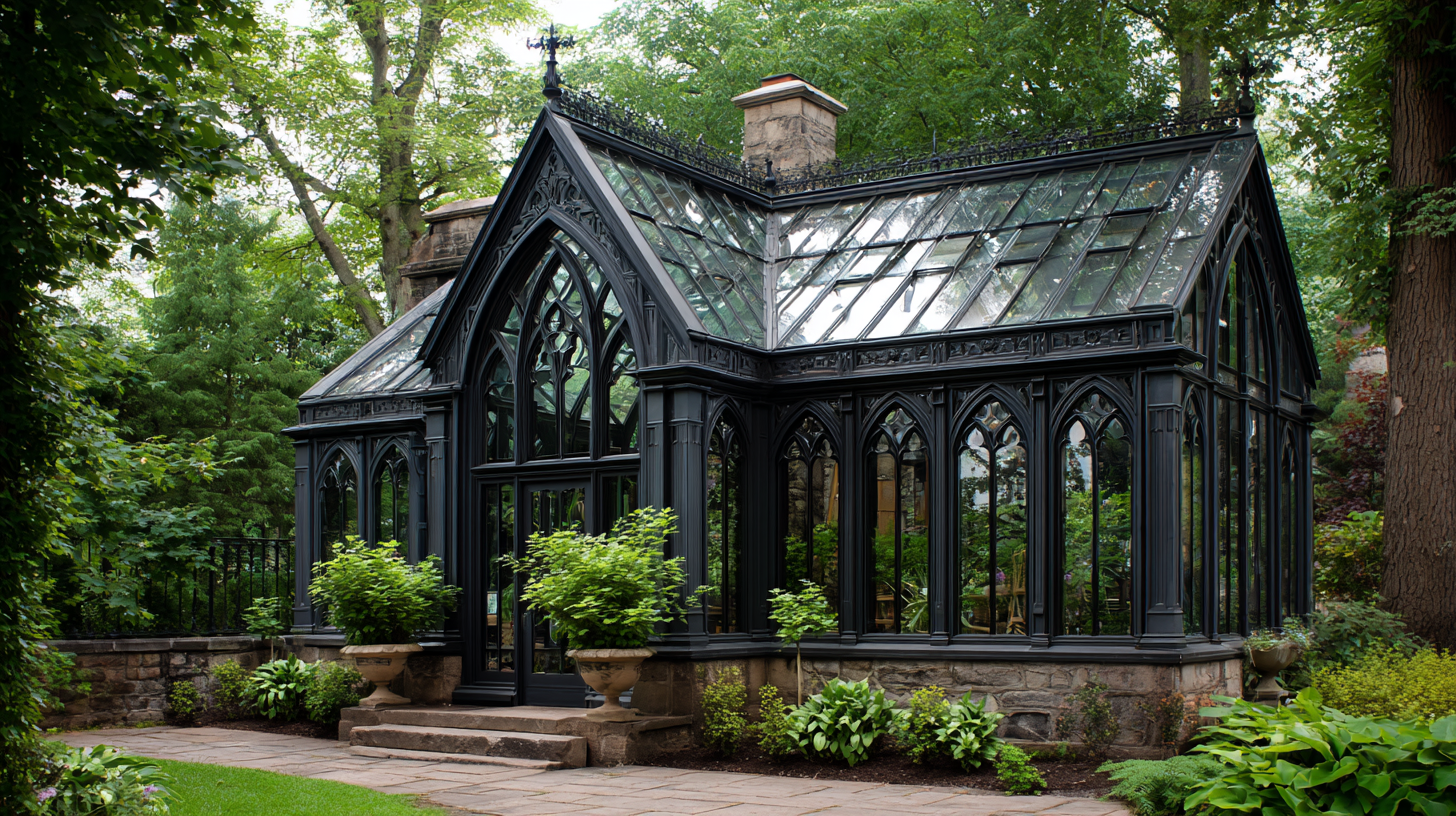
Identifying Your Gardening Goals and Requirements for a Gothic Greenhouse
When selecting the perfect Gothic greenhouse, it's essential to first identify your gardening goals and specific requirements. Are you looking to grow vegetables year-round, cultivate delicate flowers, or nurture exotic plants? Understanding your primary objectives will greatly influence the size, design, and materials of the greenhouse you choose. For instance, if you aim to grow taller plants or a larger variety, consider a structure with increased height and internal space.
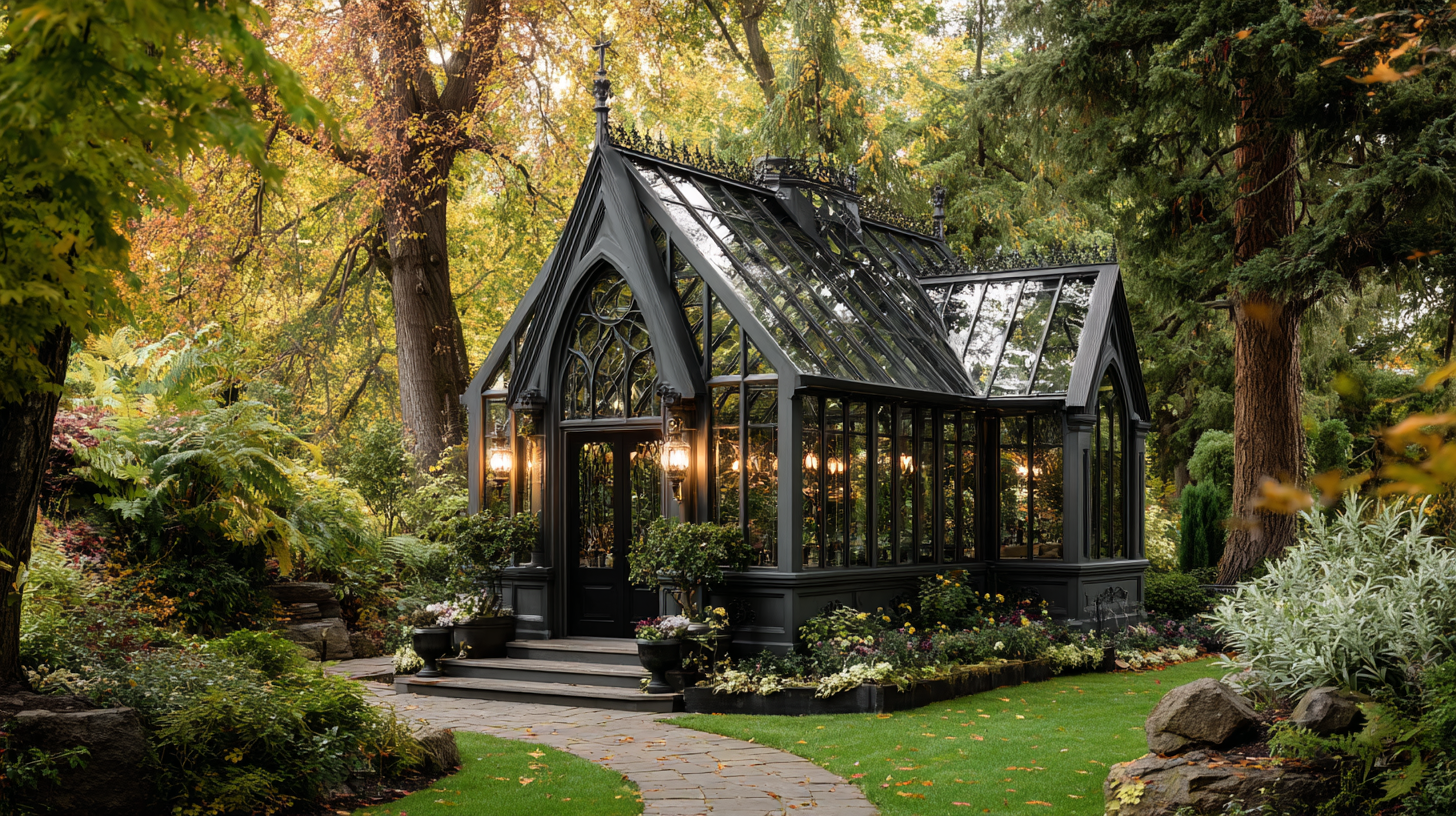 Tips: Evaluate your local climate and choose a greenhouse with appropriate ventilation and insulation.
This will ensure your plants thrive regardless of seasonal changes. Additionally, think about accessibility in your design;
wide pathways and adjustable shelving can make all the difference when managing your gardening tasks.
Tips: Evaluate your local climate and choose a greenhouse with appropriate ventilation and insulation.
This will ensure your plants thrive regardless of seasonal changes. Additionally, think about accessibility in your design;
wide pathways and adjustable shelving can make all the difference when managing your gardening tasks.
Moreover, consider the aesthetic appeal of the Gothic greenhouse that complements your garden's landscape. Whether you prefer a classic style with intricate details or a more modern interpretation, the design should resonate with your personal taste. This not only enhances the visual charm but also motivates you to spend more time tending to your plants.
Tips: Incorporate features such as a rainwater collection system to promote sustainability and ensure a constant water supply. Investing in modular shelving units can also maximize your growing area without sacrificing style.
Evaluating Size Options: Maximizing Space for Your Plants
When choosing the perfect gothic greenhouse for your unique gardening needs, evaluating size options is essential to maximize space for your plants. The size of your greenhouse will directly affect how many plants you can cultivate and thrive within it. Smaller greenhouses can be ideal for home gardeners looking to grow a few types of plants, while larger structures provide ample room for a wider variety and more ambitious gardening projects.
**Tips:** Consider the dimensions of your available space carefully. Measure your yard or designated area for the greenhouse, taking into account sunlight exposure and accessibility. Opt for height, as gothic greenhouses typically feature elevated designs that allow for vertical gardening and better airflow. This can prevent overcrowding and ensure your plants receive the necessary light and nutrients.
Another crucial aspect to consider is the layout inside the greenhouse. Shelving and benching systems can help you efficiently organize your plants, making it easier to reach and maintain them. Plan for walkways that facilitate movement without disturbing your plants, allowing you to tend to them easily and harvest without hassle.
**Tips:** Utilize vertical space with hanging pots or wall-mounted planters. This can free up ground space for larger pots or garden beds. Additionally, consider modular designs that can be expanded or reconfigured as your gardening needs evolve. By carefully assessing your greenhouse size and layout, you can create an ideal environment for your plants to flourish.
Choosing the Right Materials: Durability and Aesthetic Appeal
When selecting a gothic greenhouse, the choice of materials plays a crucial role in ensuring both durability and aesthetic appeal. First and foremost, consider the structural framework. Materials like aluminum or galvanized steel provide longevity and resistance to harsh weather conditions, making them ideal for long-term gardening. While wood offers a classic, rustic look, it requires more maintenance and may not withstand the elements as effectively. Weighing your preference for aesthetics against the practical benefits of sturdier materials will guide you toward the right choice.
Next, think about the glazing options. Glass is often favored for its beauty and ability to let in natural light, but it can be heavy and expensive. Polycarbonate panels, on the other hand, are lighter, offer excellent insulation, and are less prone to breakage. This can be particularly beneficial if you live in an area with extreme temperatures. Additionally, consider tinted or frosted options to reduce glare and prevent overheating inside the greenhouse. In essence, the right combination of materials will not only enhance the visual impact of your gothic greenhouse but also ensure it meets your gardening needs effectively.
How to Choose the Perfect Gothic Greenhouse for Your Unique Gardening Needs
| Material | Durability (Years) | Aesthetic Appeal | Heat Retention | Maintenance |
|---|---|---|---|---|
| Polycarbonate | 10-15 | Moderate | High | Low |
| Glass | 25-30 | High | Moderate | Medium |
| Polyethylene | 5-7 | Moderate | Low | High |
| Acrylic | 10-20 | High | Moderate | Medium |
| Wood | 15-20 | Very High | Medium | High |
Assessing Climate and Environment: Ensuring Optimal Growing Conditions
When selecting the perfect Gothic greenhouse, understanding your climate and environment is crucial for ensuring optimal growing conditions. Research indicates that around 80% of plant growth and productivity is influenced by environmental factors such as temperature, humidity, light, and airflow (National Gardening Association). For regions with extreme temperatures, a Gothic greenhouse's design can provide excellent ventilation and light management, essential for maintaining a stable internal climate.
Temperature control is particularly important; studies suggest that the ideal temperature range for most vegetable crops is between 70°F to 85°F (USDA Plant Hardiness Zone Map). Gothic greenhouses, with their high ceilings and arched structures, effectively utilize natural convection to regulate heat, reducing reliance on artificial heating systems. Additionally, assessing local humidity levels helps in choosing the proper materials for the greenhouse. A greenhouse fitted with polycarbonate panels, for example, can manage moisture levels more effectively than traditional glass, creating an environment conducive to healthy plant growth while minimizing the risk of disease.
Personalizing Your Gothic Greenhouse Design for Unique Style and Functionality
When it comes to personalizing your Gothic greenhouse design, it’s essential to consider both style and functionality to enhance your gardening experience. Start by selecting materials that resonate with the Gothic aesthetic—think wrought iron, glass, and wood. These can add an elegant touch while ensuring structural stability. Incorporating arches and intricate window designs will not only elevate the visual appeal but also allow for better light diffusion, which is crucial for plant health.
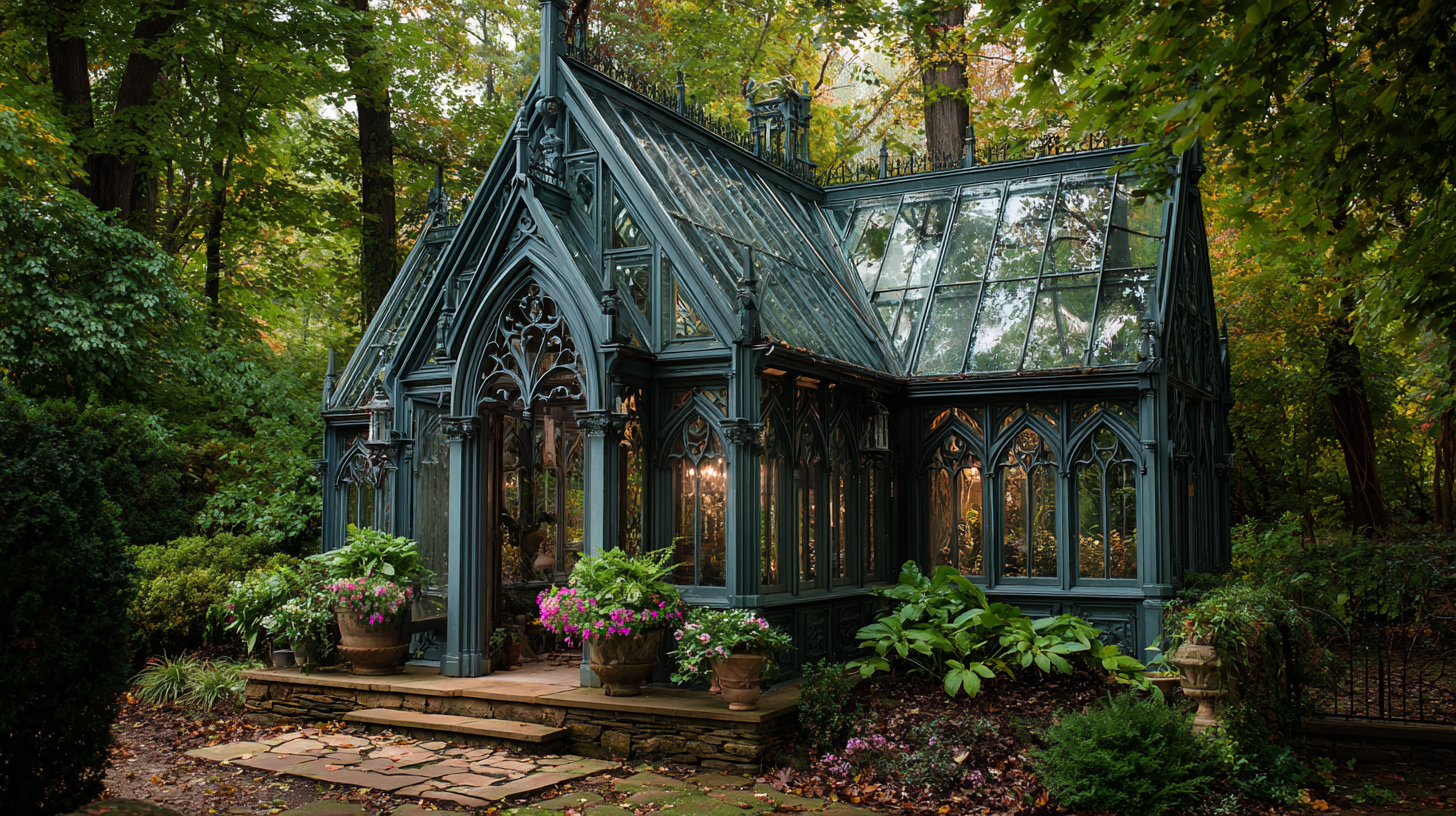
Tips: Consider adding decorative stained glass panels for a classic Gothic look while maximizing natural light. Additionally, using vertical space for plant displays can transform your greenhouse into a living art piece, showcasing both your plants and your personal style.
Lighting is another key aspect to personalize your Gothic greenhouse. Installing atmospheric LED lights can create a mystical ambiance for evening gardening or events. Incorporate functional elements, such as adjustable shelves and workbenches, tailored to your specific gardening habits. This way, your greenhouse will not only reflect your unique taste but also serve practical purposes, making it a delightful sanctuary for all your gardening endeavors.
Related Posts
-

7 Best Features of Gothic Greenhouses You Need to Know
-
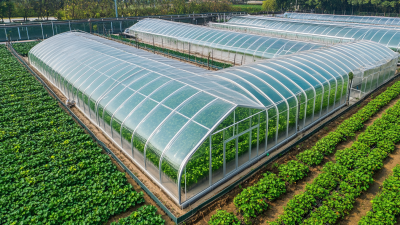
Top 10 Single Span Greenhouse Manufacturers from China at the 137th Canton Fair
-
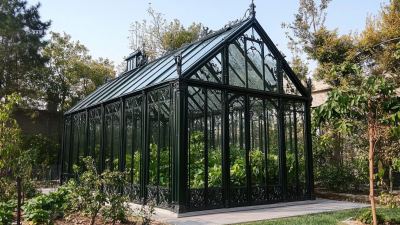
Unmatched Quality with Best Gothic Greenhouses from China's Trusted Manufacturing
-

The Ultimate Guide to Designing Your Dream Gothic Greenhouse: Tips and Tricks for Success
-
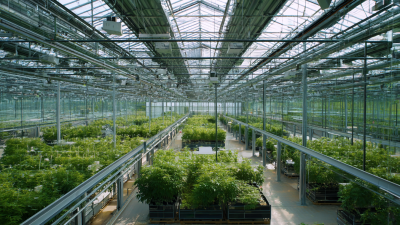
Navigating the Challenges of Best Commercial Greenhouse Production Standards
-
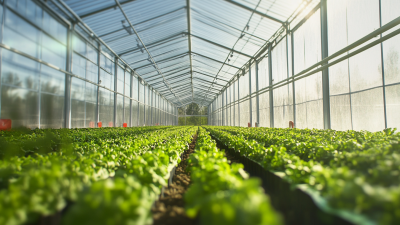
Quality Greenhouses from China: A Global Marketplace Revolution
